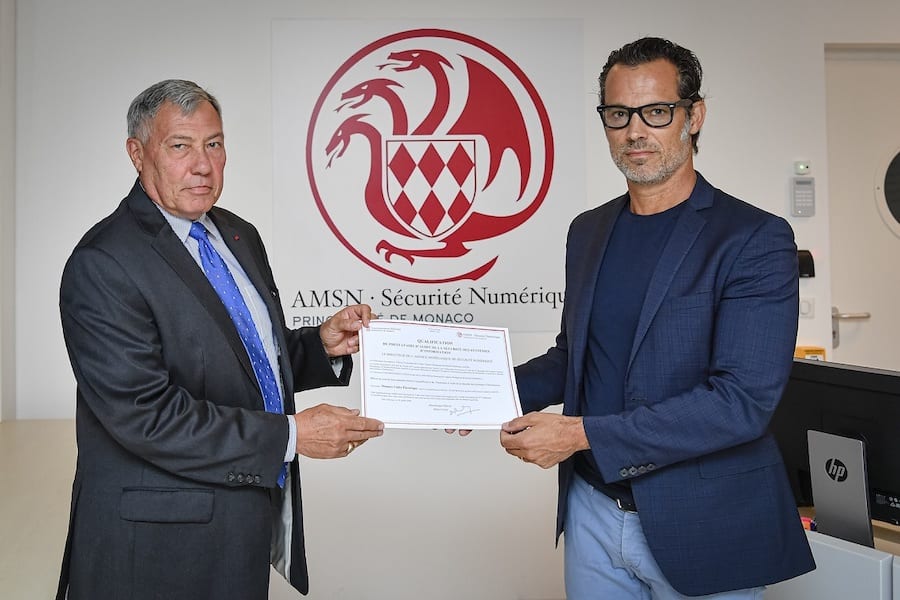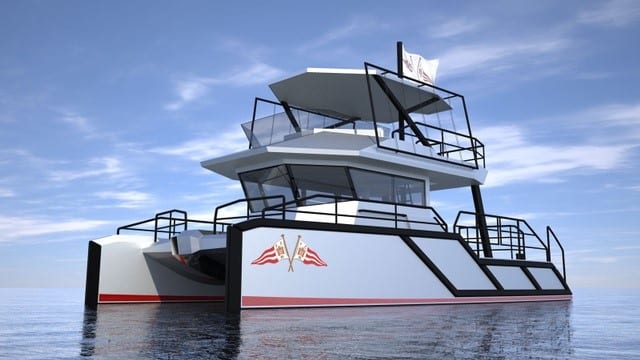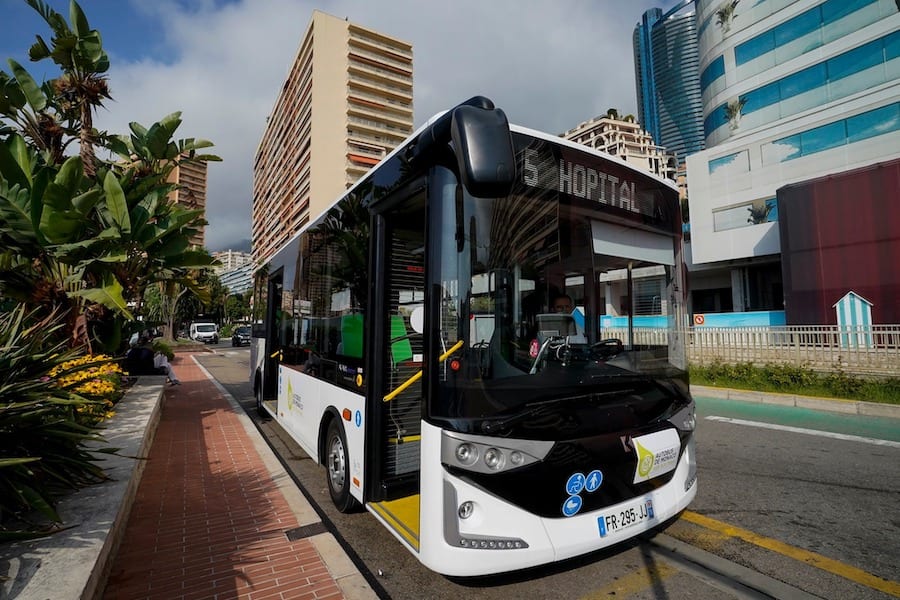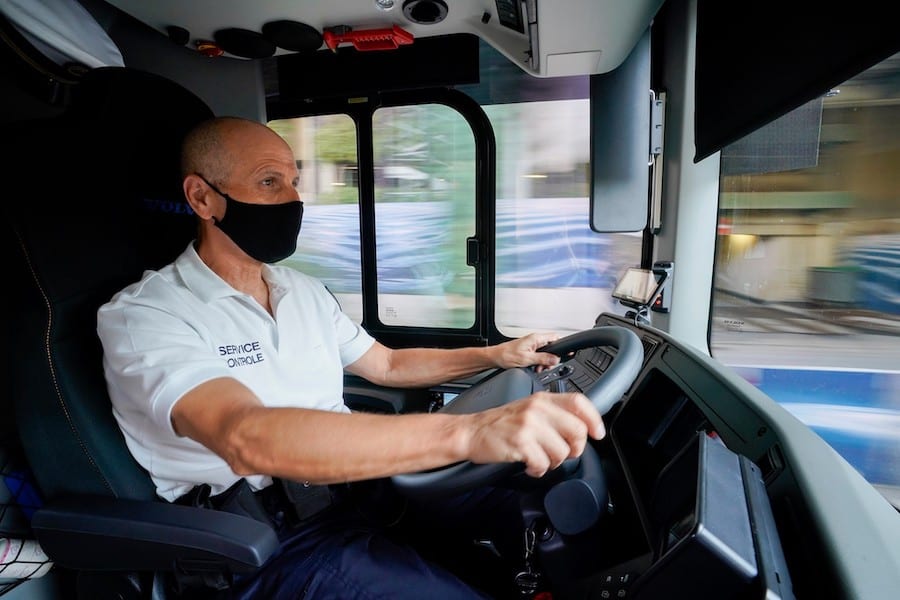Monaco Vidéo Electrique has just been awarded its security qualification, enabling it to assist the Principality in its digital security strategy.
Director of the Monaco Digital Security Agency (AMSN) Dominique Riban awarded Cristiano Toso, Director of Monaco Vidéo Electrique (MVE), the Information Systems Security Audit Service Provider (PASSI) diploma this week.
It marks the culmination of two years of work and makes MVE the fourth Monegasque company to receive the qualification, enabling it to participate in the Principality’s national strategy for digital security.
Companies holding this qualification can carry out audits of information systems with processes controlled by an independent authority, itself certified by COFRAC, making it possible to guarantee quality, impartiality and efficiency.
They can also provide assistance to companies to cope with cyber attacks and help build a safer digital world in the Principality.
The development further strengthens Monaco’s image in terms of cybersecurity and digital trust.
Photo: Dominique Riban and Cristiano Toso © Direction de la Communication / Stéphane Danna
Further boost to Monaco's digital security





